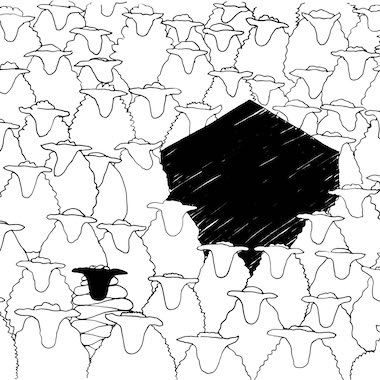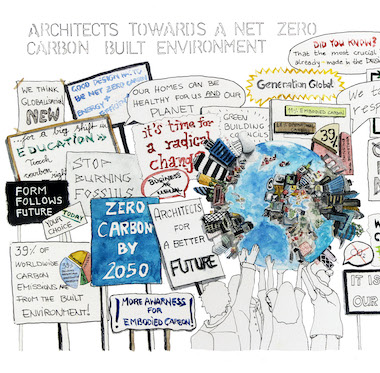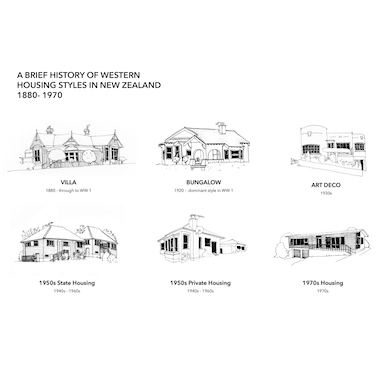Laura Feller
Betreuung:
DiplArch Univ.-Prof. Petra Petersson
Institut für Grundlagen der Konstruktion und des Entwerfens
2021
Link zur Diplomarbeit
The research took upon the task of exploring New Zealand’s architecture while understanding the complex relationships of the building industry and global warming. It is obvious that there is a need for accelerated change to reach 2050’s net-zero carbon goals, both in New Zealand and throughout the world. Only a new generation of architects who collaborate across the building sector and work towards the new motto “Form Follows Future” can take on that task. Especially in New Zealand there is a lot of catching up to do, concerning both energy efficient houses and low carbon materials. Being aware that many areas need improvement, the thesis focuses on the upgrade of thermal insulation in single family homes built between 1880 and 1970, while keeping the total CO2 emissions (embodied carbon + operational carbon) to a minimum. Being truly sustainable means to also include concepts that make use of locally produced materials and processes to strengthen the local economy. The proposed solution of using sheep’s wool insulation instead of the commonly used mineral wool or polyester is practical with the available resources and climate of the country. Finally, the research highlights the potential of a large scale (i.e., New Zealand wide) change of insulation material, to put total carbon savings in a context. All figures have been illustrated by hand to make the findings approachable for a wider audience.




